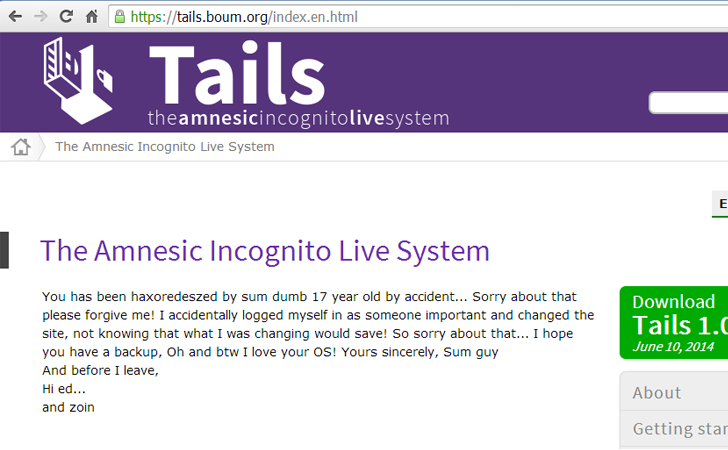DISTROY WINDOWS 10 SPYING – Privacy Concerns

As we all know since windows 7 Microsoft has altered its operating system to be more user friendly and at the same time collect more user data on its customers, When windows 8 was launched , there were big changes including location platform and many more but now with the new Windows 10 release there are endless limitations on the collection of data being sent to Microsoft.
Some group has released a piece of software which eliminates all apps, and blocks the data from being sent to Microsoft. I will not comment much on the software but see below what it does block.
Also a new app by the name of DoNotSpy10 has been created by a German developer pXc-coding.
Destroy Windows 10 Spying is an app that can block anonymous data being sent, remove apps that can’t be removed the standard way and more. I liked that it can remove some of the Windows default programs that can’t be removed under Apps & Features, an annoyance I immediately discovered since I prefer to “slim” down windows.
I should note that there are still a few steps to complete, you’ll still need to go online to Microsoft’s site and opt out of the company’s invasive advertising tracking features when using DoNotSpy10 or other piece of software.
It’s your own fault if you don’t know that Windows 10 is spying on you. That’s what people always say when users fail to read through a company’s terms of service document, right?
Well, here is Microsoft’s 12,000-word service agreement. Some of it is probably in English. We’re pretty sure it says you can’t steal Windows or use Windows to send spam, and also that Microsoft retains the right to take possession of your first-born child if it so chooses. And that’s only one of several documents you’ll have to read through.
Actually, here’s one excerpt from Microsoft’s privacy statement that everyone can understand:
Finally, we will access, disclose and preserve personal data, including your content (such as the content of your emails, other private communications or files in private folders), when we have a good faith belief that doing so is necessary to: 1.comply with applicable law or respond to valid legal process, including from law enforcement or other government agencies; 2.protect our customers, for example to prevent spam or attempts to defraud users of the services, or to help prevent the loss of life or serious injury of anyone; 3.operate and maintain the security of our services, including to prevent or stop an attack on our computer systems or networks; or 4.protect the rights or property of Microsoft, including enforcing the terms governing the use of the services – however, if we receive information indicating that someone is using our services to traffic in stolen intellectual or physical property of Microsoft, we will not inspect a customer’s private content ourselves, but we may refer the matter to law enforcement.
If that sentence sent shivers down your spine, don’t worry. As invasive as it is, Microsoft does allow Windows 10 users to opt out of all of the features that might be considered invasions of privacy.
Some of the domains we know send anonymous information back to Microsoft include:
vortex.data.microsoft.com
vortex-win.data.microsoft.com
telecommand.telemetry.microsoft.com
telecommand.telemetry.microsoft.com.nsatc.net
oca.telemetry.microsoft.com
oca.telemetry.microsoft.com.nsatc.net
sqm.telemetry.microsoft.com
sqm.telemetry.microsoft.com.nsatc.net
watson.telemetry.microsoft.com
watson.telemetry.microsoft.com.nsatc.net
redir.metaservices.microsoft.com
choice.microsoft.com
choice.microsoft.com.nsatc.net
df.telemetry.microsoft.com
reports.wes.df.telemetry.microsoft.com
wes.df.telemetry.microsoft.com
services.wes.df.telemetry.microsoft.com
sqm.df.telemetry.microsoft.com
telemetry.microsoft.com
watson.ppe.telemetry.microsoft.com
telemetry.appex.bing.net
telemetry.urs.microsoft.com
telemetry.appex.bing.net:443
settings-sandbox.data.microsoft.com
vortex-sandbox.data.microsoft.com
survey.watson.microsoft.com
watson.live.com
watson.microsoft.com
statsfe2.ws.microsoft.com
corpext.msitadfs.glbdns2.microsoft.com
compatexchange.cloudapp.net
cs1.wpc.v0cdn.net
a-0001.a-msedge.net
statsfe2.update.microsoft.com.akadns.net
sls.update.microsoft.com.akadns.net
fe2.update.microsoft.com.akadns.net
diagnostics.support.microsoft.com
corp.sts.microsoft.com
statsfe1.ws.microsoft.com
pre.footprintpredict.com
i1.services.social.microsoft.com
i1.services.social.microsoft.com.nsatc.net
feedback.windows.com
feedback.microsoft-hohm.com
feedback.search.microsoft.com
rad.msn.com
preview.msn.com
ad.doubleclick.net
ads.msn.com
ads1.msads.net
ads1.msn.com
a.ads1.msn.com
a.ads2.msn.com
adnexus.net
adnxs.com
az361816.vo.msecnd.net
az512334.vo.msecnd.net

